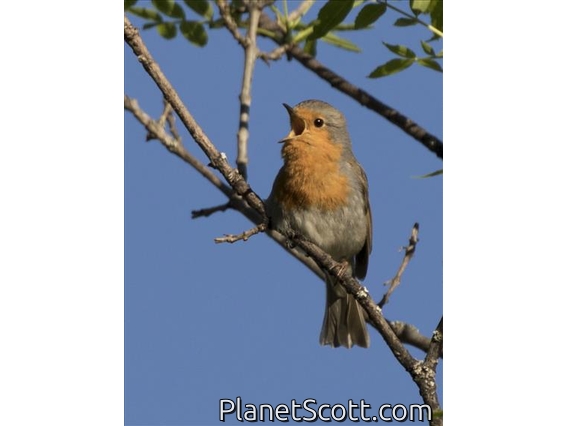European Robin (Erithacus rubecula)

European Robin (Erithacus rubecula)

European Robin (Erithacus rubecula)


×



European Robin (Erithacus rubecula)

European Robin (Erithacus rubecula)
About European Robin (Erithacus rubecula)
- Kingdom: Animals
- Phylum: Chordates
- Class: Birds
- Order: Perching Birds
- Family: Thrushes and Allies
The European robin, known simply as the robin or robin redbreast in the British Isles, is a small insectivorous passerine bird that belongs to the Old World flycatcher family Muscicapidae. It is found across Europe, east to Western Siberia and south to North Africa; it is sedentary in the west and south of its range, and migratory in the north and east of its range where winters are harsher.
Source: Wikipedia




